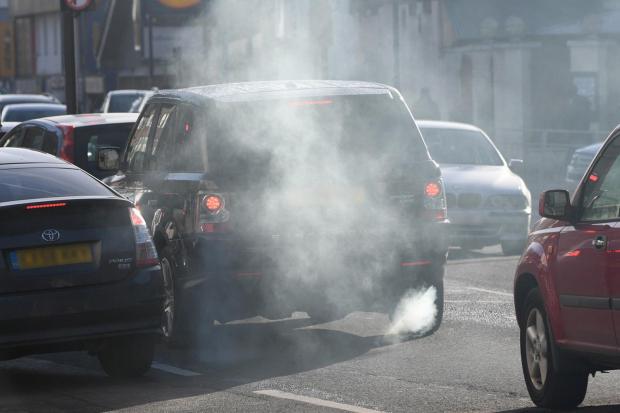A quarter of children at London schools breathe toxic air

The Guardian reports today that more than 800 schools, nurseries and colleges in London are exposed to illegal levels of air pollution. The number represents around a quarter (or around 250,000) of all school children in London. Other research studies in the past, notably by Policy Exchange and King’s College London, have found there to be up to 1,000 schools suffering in this way, but it probably depends on how you do the research.
Whatever the actual number, and given that we know young people are uniquely vulnerable to such pollutants, it’s an appalling statistic.
At school age, a wide variety of published medical research from the UK and countries around the world has clearly shown the multitude of potential effects on children of exposure to pollutants – particularly particulates and NO2 which affect London. Those effects include:
- Lung capacity and development (up to 10% reduced lung capacity)
- Aggravation of asthma and other allergic sensitisation
- Brain and cognitive development
- Reduced working memory capacity
- Increased levels of autism
- Type 1 diabetes
The problems aren’t limited to London – many cities in the UK have similar problems, affecting tens of thousands more children countrywide.
I set up Deliver Change four years ago specifically because of the data I was shown on air quality and its impact on health (and early deaths in London), with a primary mission to achieve better monitoring coverage, particularly around schools. Better monitoring is vital, because existing systems rely on statistical interpolation and offer no opportunity for hyper-local alerts and avoidance, or indeed for providing evidence for targeted technological or regulatory interventions.
I’ve been amazed by the lack of support from City Hall for the notion of better real-time monitoring (under Boris Johnson – we’ll see what happens now Sadiq Khan is mayor), slightly less surprised by the hostility from existing vested interests in London.
Air pollution is now where smoking was in the 1970s – the public is slowly becoming aware (largely because the media is now picking up on the importance of the issue); they’re also becoming aware that the experts, and the government, have known for a long time, and done little or nothing about it. Despite being fined by the EU for illegal levels of air pollution (a reported £300m in 2015), and losing case after case in the European courts in actions brought by Client Earth.
The current lack of action is a national scandal – let’s hope that the message is getting through now, however slowly.
Note: Why are young people more vulnerable?
- They have a higher resting metabolic rate, they breathe more, and have a higher rate of oxygen consumption per unit body weight than adults
- Airways are narrower
- They are breathing closer to the ground where most pollutants are at higher concentrations
- Size of their organ systems, and that they are still developing
- Children spend more time outdoors, often ignoring respiratory symptoms and continue to play
- Incomplete metabolic systems
- Immature host defences
- Higher rates of infection by respiratory pathogens
